I have a confession. Recently my writing has been in a rut. I haven’t been able to conjure up topics and ideas that I believe are worth sharing to the wider world and more importantly to my readers. Topics are started, then I find little details and issues making me stuck, which has meant less of the quality content that I hope to provide.
This has led me to start looking for solutions. Maybe the best way forward would be to try a traditional method of resting and relaxing, or seeking professional help, instead I thought lets try and do something that could be worth reading about in Japan. Trying to kill two birds with one stone (or as the animal rights activists alternative, feeding two birds with one scone), I booked myself to a place that promised reversal of destiny.
Artists being artists
You might be thinking that I’ve got fully onboard the alternative healing flying carpet and visited some mystical healer. Not just yet. The place I chose to visit was part art part outdoors exhibition and part slowly dilapidated park in country town Japan.
What am I talking about?
The Site of reversible destiny in Yōrō Park.
If by some miracle this hasn’t fully explained the premise, please allow me to provide further context. In this case, the artists have a lot to answer for.
Many years ago, the Japanese artist Shusaka Arakawa was born. He decided to focus on architecture to “highlight and investigate human perception and knowledge”, which is such a high-minded and exciting focus that I don’t actually understand what it means.
In 1961 he moves to New York City. The following year he meets his future partner in art and life, Madeline Gins. As a poet and architect herself, she had a major influence on the collaboration they’d eventually do. The theme of this work can be best summarised by her 1997 Guggenheim exhibition titled We Have Decided Not To Die. If that was unclear, she published a follow-up book in 2006 called Making Dying Illegal. If you looked closely, they were developing a theme.
Yōrō must be joking
While I didn’t want to be arrested for dying, the concept was intriguing. Even more exciting, the location of their largest permanent exhibition was not in a fancy gallery (really any gallery), but in a tiny town called Yōrō. If you aren’t aware of this town, it’s because it houses under 30,000 people and is only connected to the rest of Japan by a once an hour train. Those are country town numbers even by Australian standards.
Given the unprofitability of the Yōrō line, the national rail service had decided not to run the service, until a private local government revived the line. It meant the trip would be a multi train change situation. For more absurd decisions in Japanese rail world see my post on the high speed network.
Luckily for me, there was this remaining infrequent line into the town of Yōrō. Yet given the tiny size and scale of this place, why did these internationally renowned artists choose here to build a literal anti-aging location?
Chasing Water Springs (and Waterfalls)
Prior to the construction of this artwork, Yōrō was known for one thing. Actually two things as discussed in the chapter title, water springs and waterfalls.
Yōrō is situated between mountains, as many places in Japan tend to be. These mountains gave rise to the elevation needed for a relatively (top 100) famous waterfall that has legends attached to its curative powers. Curative or not, modern attendants of the waterfall have no chance of finding out for themselves, as bathing in this public natural resource is not permitted. So why were ancient time people permitted? It was no ordinary taxpaying citizen, the famous story is that the Empress Gensho bathed here and got her black hair back!
The natural water that visitors can take part in is the equally renowned water springs that can be found on the walk to Yōrō Falls. These springs, known as Kikusuisen, are a perennial on the much anticipated top 100 water springs of Japan. Found next to a now very old shrine, the name Kikusuisen describes the properties. One of those delightful Japanese puns that give every learner of the language grief, kiku means chrysanthemum. Also it means healing. Together, the spring water is both sweet tasting like chrysanthemum (true- very sweet tasting water compared to others I’ve sampled in my life), and healing (remains to be seen)
Such contextual healing powers of the region might give enough reason for Shusaka and Madeline to test their abilities and join in the fun when building their megastructure to reverse destiny.
The site and sound
With such an attention grabbing name, I think it’s fair to say this location demanded some lofty expectations. It’s like how people call it the Grand Canyon, not a cool hole.
Initial feeling is, I was expecting more. Perhaps the designers would never have been able to hit the targets created by such a name. Or maybe the name was the art piece, and everything else… including this subsequent underwhelming reaction stems from the artists’ initial desire.
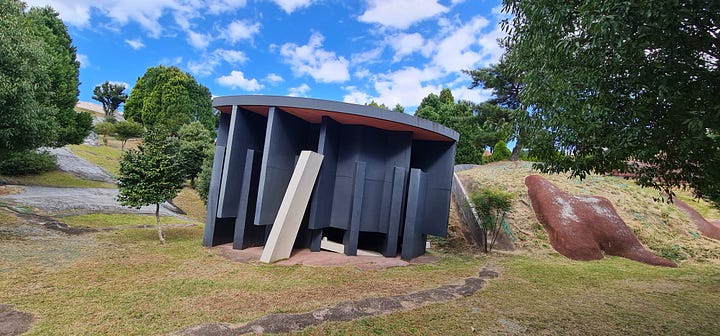
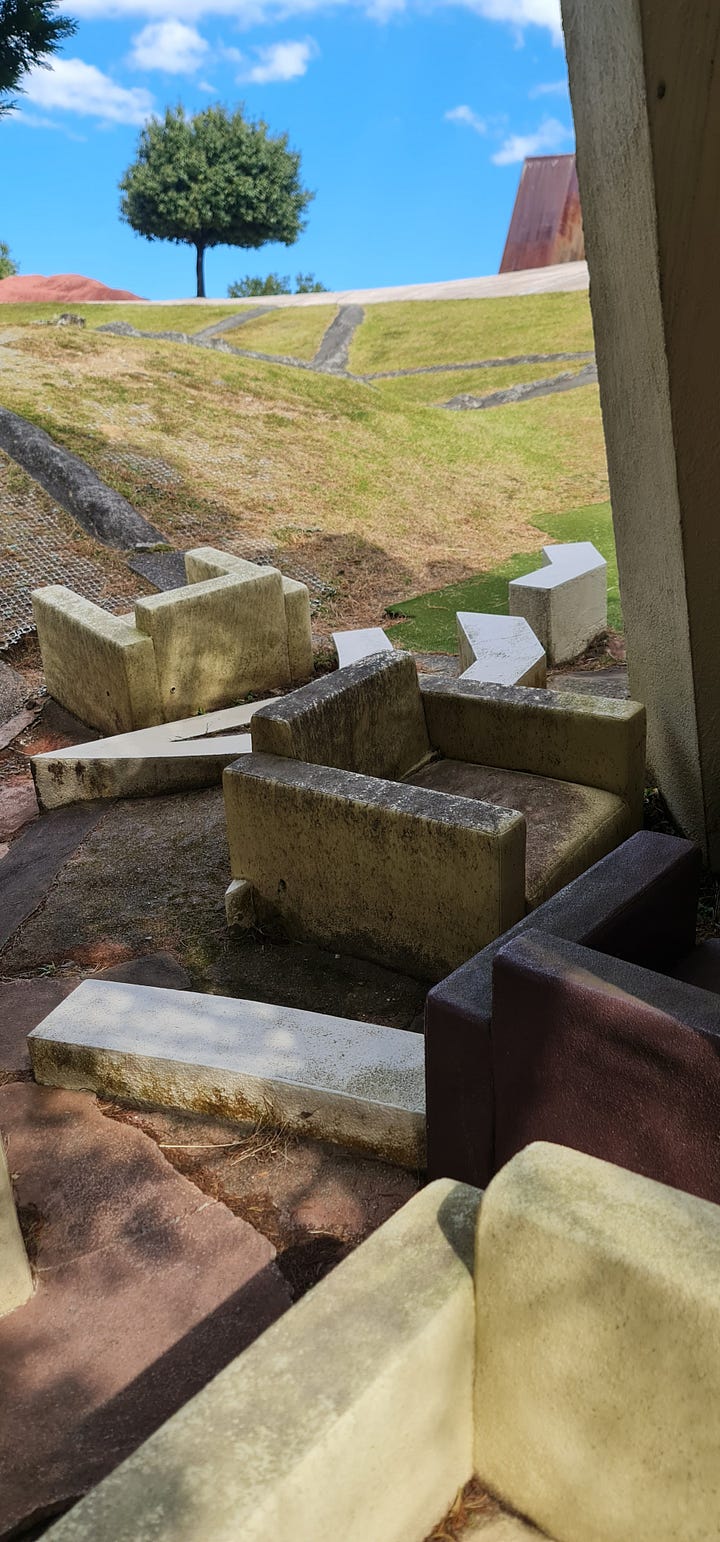
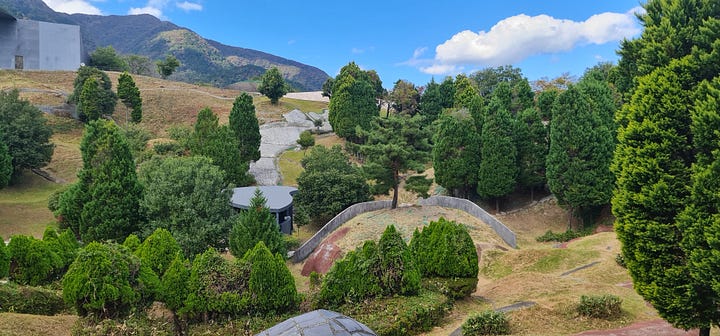
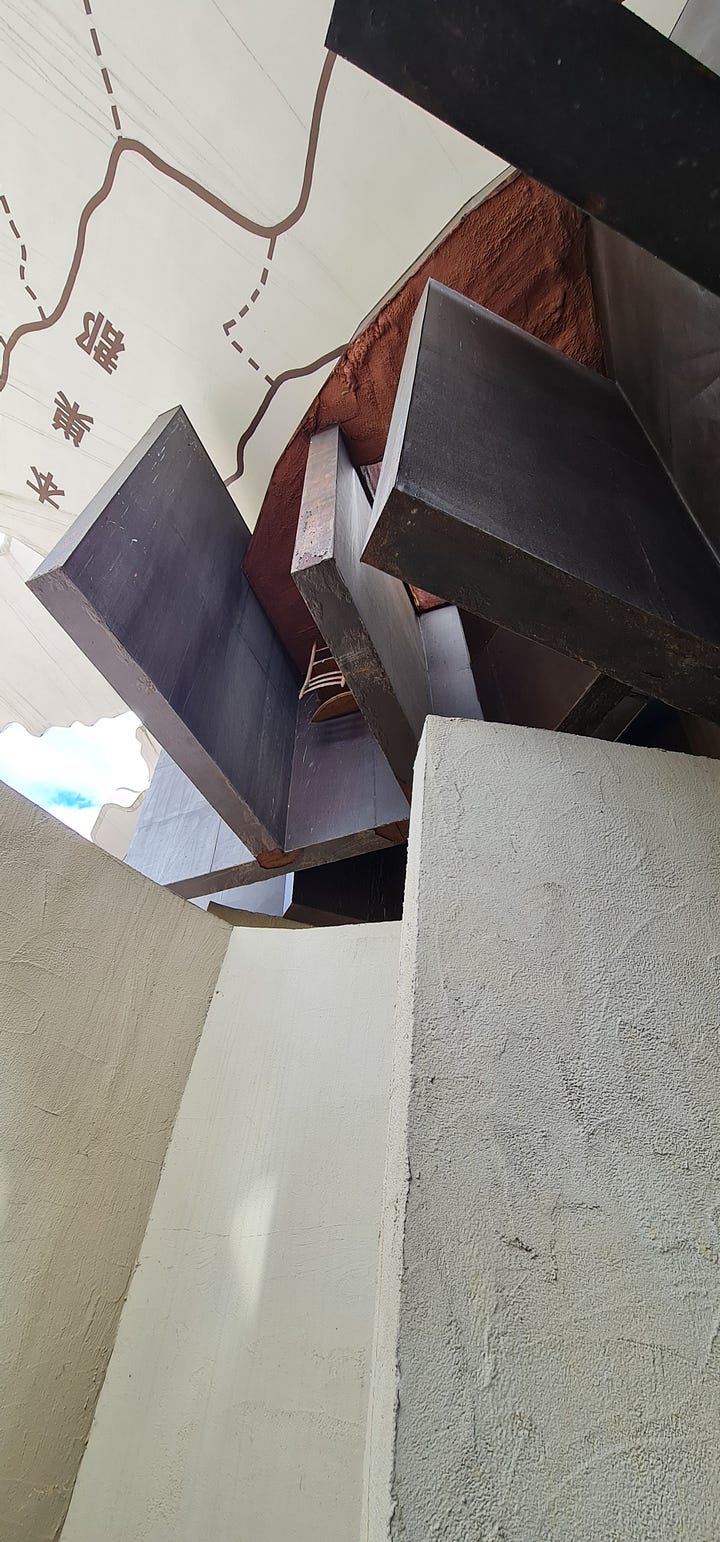
Whatever the case is, I’d like to think they succeeded in their mission. Points in their favour include how cohesive an idea they were able to create, as well as capturing the true sense of joy when exploring a new location. There is an intentionality with the uneven flooring and odd shapes. The most exciting aspect is the topsy turvy upside down room (forgot the proper name), where ordinary appliances reach the roof.
Also, it is not an easy place to capture on camera. Given the stated intent to disorient the consumer and realign your worldview, the disorientation and cramped confines make it a tough photography climate.
Now this might seem more ordinary after having seen countless crazy modern art exhibitions, and having heard about even more. I would like to think that this work contributed to the modern art phenomena to the point we now see transgressive choices as thing to roll our eyes at. I guess my hope is that bananas being taped to walls and massive installations of basically any product were able to run, because Yōrō Park first walked upside down.
If the question of whether this day trip is worthwhile for anyone with the time and energy to visit a tiny town in Gifu, my answer is yes. This is conditional that you spend time visiting the original Yōrō sites along with the Reversible Destiny itself. Be mindful that the art installation/ time machine is clearly a product of it’s time and being a fully outdoor experience… has experienced the outdoors for close to 30 years.
Ultimately, the Site of Reversible Destiny was an achievement in its purpose. It made me realise that there is so much more of Japan that I have yet to explore. It allowed me to see a fully formed vision of artists interacting with the country. Perhaps most importantly, it inspired me to write again about Japan and life. If that isn’t a success by those who made dying illegal, I don’t know what is.

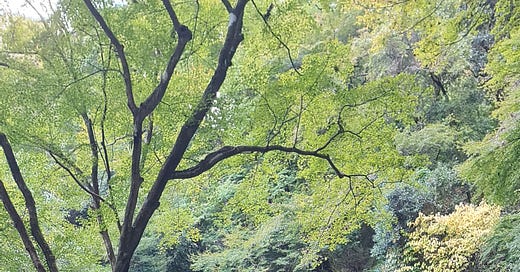




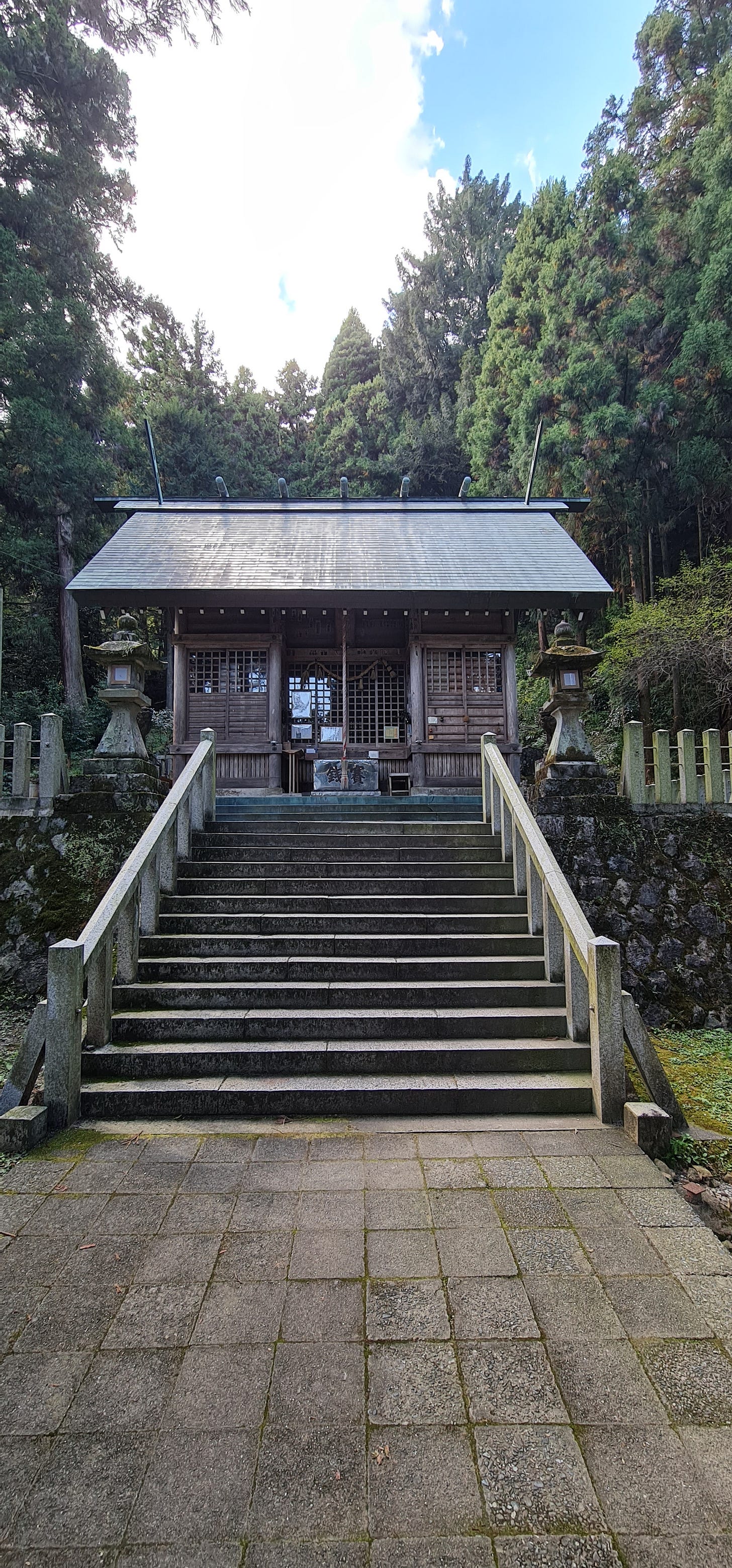

Nice to have you back. It happens to all of us.
Interesting little corner, truly Hidden Japan! Thanks.
Fascinating read!